Will the renovated Notre-Dame become a woke ‘Disneyland’?
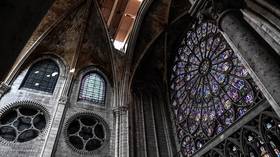

The fire of 2019 ravaged the iconic Paris cathedral, but it’s still under threat of further damage according to high-profile members of French cultural society, who are slamming the approved restoration project.
Barely had the flames been extinguished than French President Emmanuel Macron had promised to rebuild Notre-Dame in an “even more beautiful” way. Well, it looks like his idea was perceived quite differently by many.
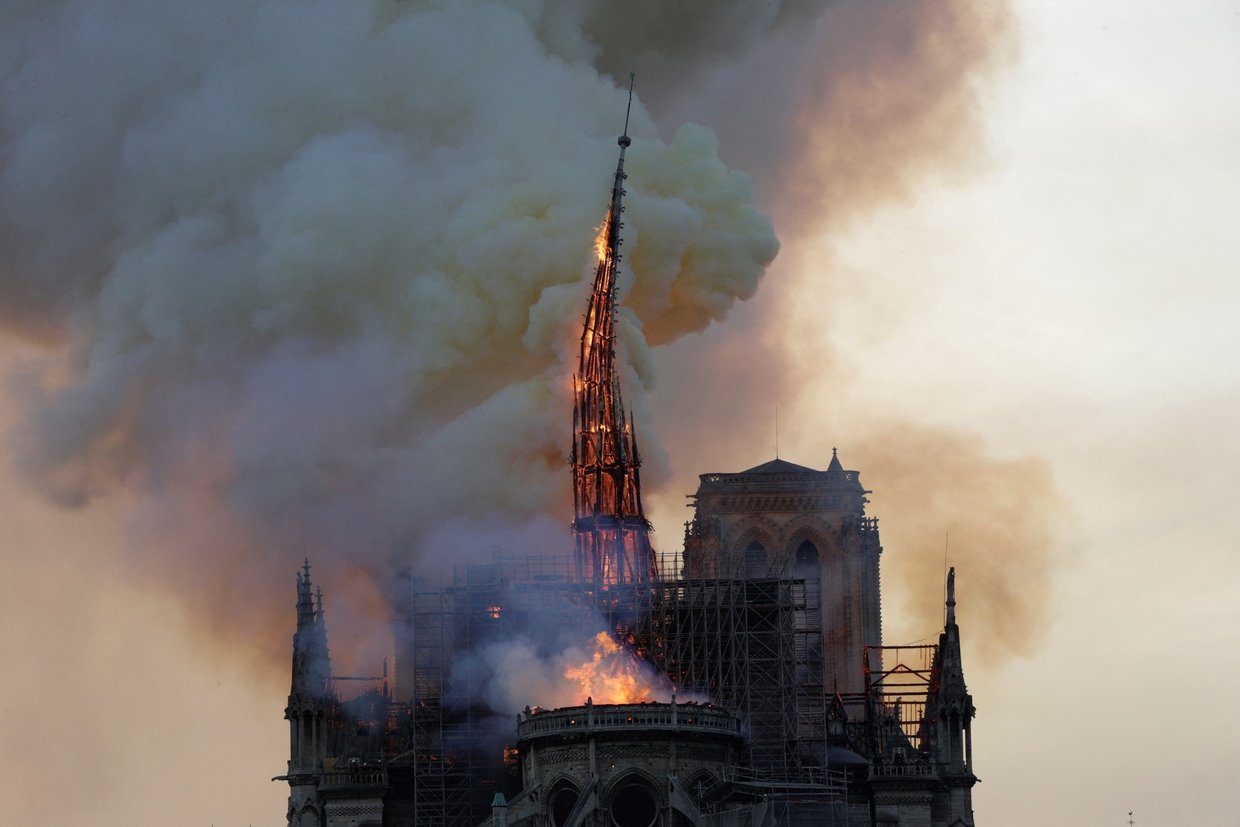
First, there was the matter of the roof. As the iconic wooden spire collapsed entirely, designers started to wonder whether a glass roof or one capable of generating solar energy would fit the building better.
vincent callebaut proposes to unite notre dame's nave, roof, and spire with glass canopy https://t.co/xTzL5jv2vwpic.twitter.com/J5dkHfvoY7
— designboom (@designboom) May 7, 2019
Or maybe there should be a greenhouse? It was finally decided that it should be rebuilt just as it had been before.
Studio NAB Designs a Greenhouse Roof for Notre-Dame https://t.co/SRjkSfcrvdpic.twitter.com/X4V7MQk7zR
— ArchDaily (@ArchDaily) April 26, 2019
Regarding the interior, however, a far less conservative decision was reached. On December 9, National Heritage and Architecture Commission experts approved a radical redesign project, sparking a huge wave of criticism.
Father Gilles Drouin, who is in charge of the interior renovations, told the media that, apart from changes to the cathedral lighting and the acquisition of new benches, the plan included Bible quotes in several languages projected on the walls, as well as modern art installations to replace some of the little-used 19th-century confessionals.
The idea of bringing contemporary vibes to a centuries-old cathedral doesn’t sit well with prominent figures of the cultural community. Indeed, 100 of them published an open letter protesting against the modernization of the cathedral.
“When we are talking about Notre-Dame, we are not talking about a random monument – we are talking about the most significant French monument. It’s more than a regular discussion about art restoration and legacy, but also about a symbol,” doctor of philosophy Sami Biasoni, who signed the letter, told RT. “There’s a chance for a change, so they [the authorities] want to make it as contemporary as any kind of a museum, but it’s not a regular museum.”
Those who devised the restoration plan insist it will offer visitors a better opportunity to understand its cultural background. Father Drouin told the AFP news agency that, before the fire, it was noticed that more Chinese tourists had started to light candles in a chapel dedicated to a Chinese martyr when texts in Mandarin were installed there.
Still, critics of the project accuse the authorities of trying to turn the cathedral into a theme park. “It’s as if Disney were entering Notre-Dame,” architect and urbanist Maurice Culot told The Telegraph.
Albert Doja, professor of anthropology at the University of Lille, who also signed the open letter, insists its historical background must be preserved regardless of religious or commercial issues. “I think that Notre-Dame de Paris is a historical monument. It’s part of our cultural heritage. So, it’s not only a touristic place,” he told RT.
Tourists who come there are not interested in fakes.
Biasoni thinks Notre-Dame visitors want to access French history and culture – “to touch and to feel it.”
“Modernity is everywhere, I love it, but we need to have the places where we celebrate the past,” he insists.
We have a lot of discussions of this kind in Western countries, but who would think that we needed to change the Blue Mosque in Istanbul? Who would think that we needed to change anything in St. Basil’s Cathedral in Moscow?
“I visited both these places, and I felt cultural proximity to Turkish and Russian people because I was offered an opportunity to be engaged in their past,” Biasoni says.
Professor Doja added that erasing parts of the historical background for the sake of modern tendencies may even damage people’s self-identification. “Culture is part of people’s identity, no matter how much they know about it. Maybe they are not even aware of that,” he told RT. “The history, the culture, the language, their relations with each other, the way how they behave, the way they think – these are the things that define people.”
In great news for culture vultures across the continent, the same week the controversial Notre-Dame restoration project was adopted, another of Europe’s landmark cathedrals appeared in the headlines. In Barcelona, for the first time since 1976, a new tower of the Sagrada Familia was inaugurated. The destiny of this monument, on which construction started in 1882 and is still ongoing, is quite uneasy. Before the pandemic, the ending of the construction was scheduled for 2026. Now, the influx of tourists, who are the main source of the construction financing, has reduced, and nobody can predict when the church will be completed.
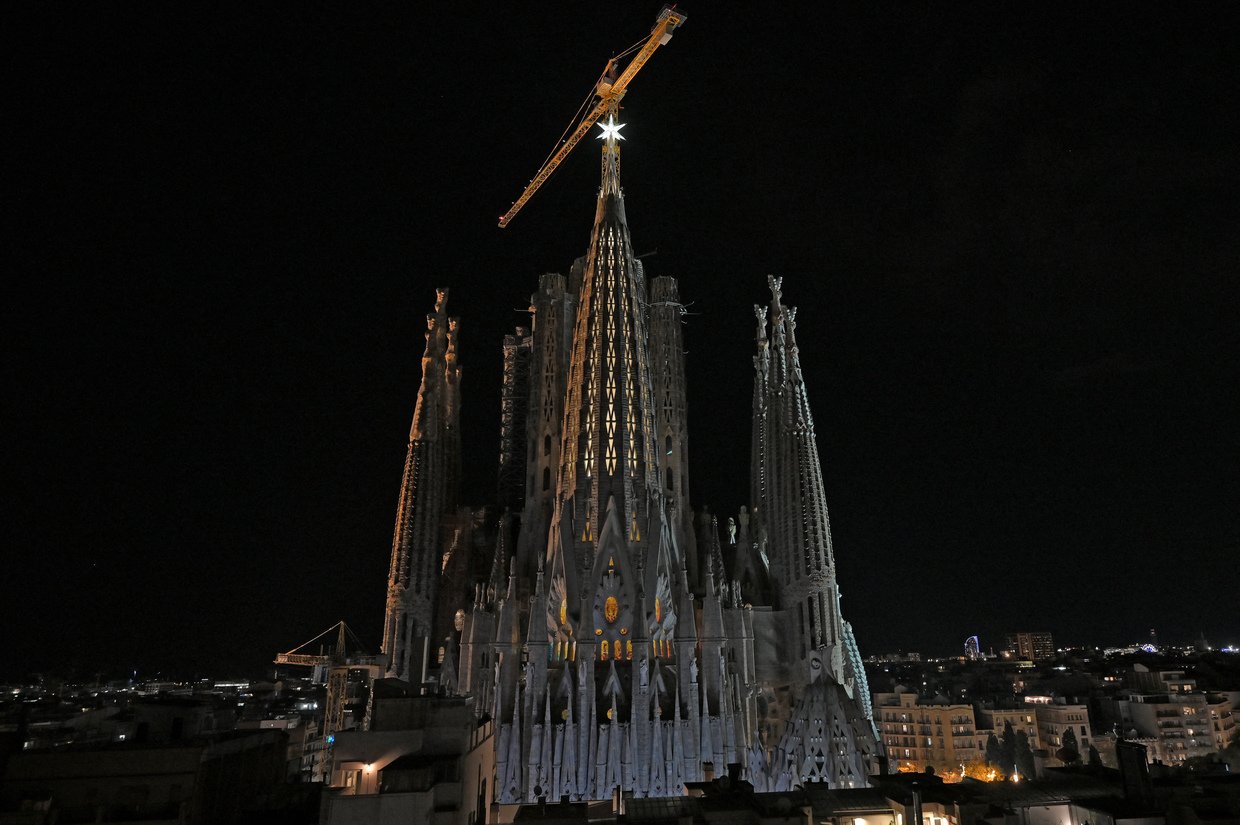
But even in 2020, there were more than 700,000 people who visited the place. That was a drastic reduction from 2019, when almost five million tourists came to the cathedral. There’s almost no doubt that the numbers will be restored – it’s just a matter of time and epidemiological situation. Sagrada Familia is a unique place, it hardly looks like a typical cathedral. Its Passion Facade is sometimes dubbed ‘Star Wars’ and the baldachin over the altar is called a ‘parachute’ by many.
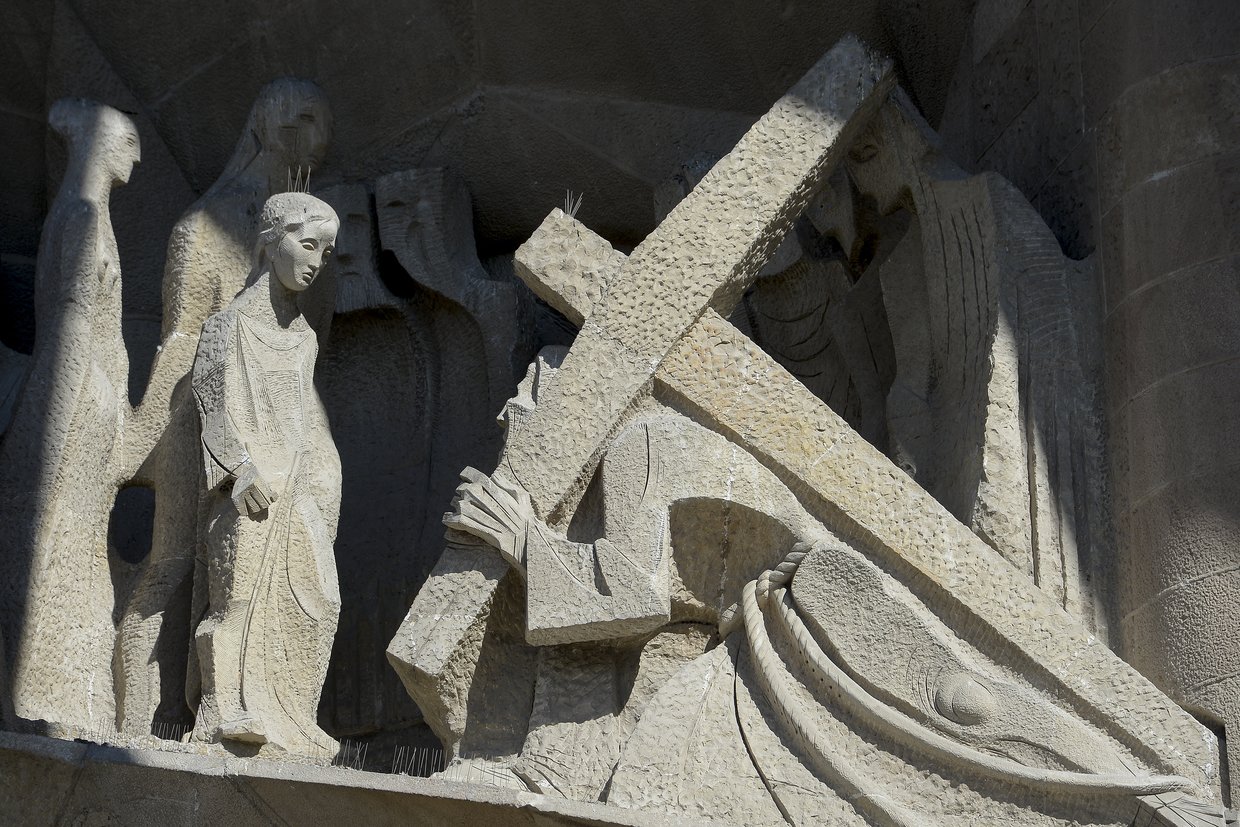
But, no matter whether visitors like it or not (George Orwell, for example, lamented that the cathedral had survived the civil war), they come attracted by curiosity – and bring their money for the ongoing construction.
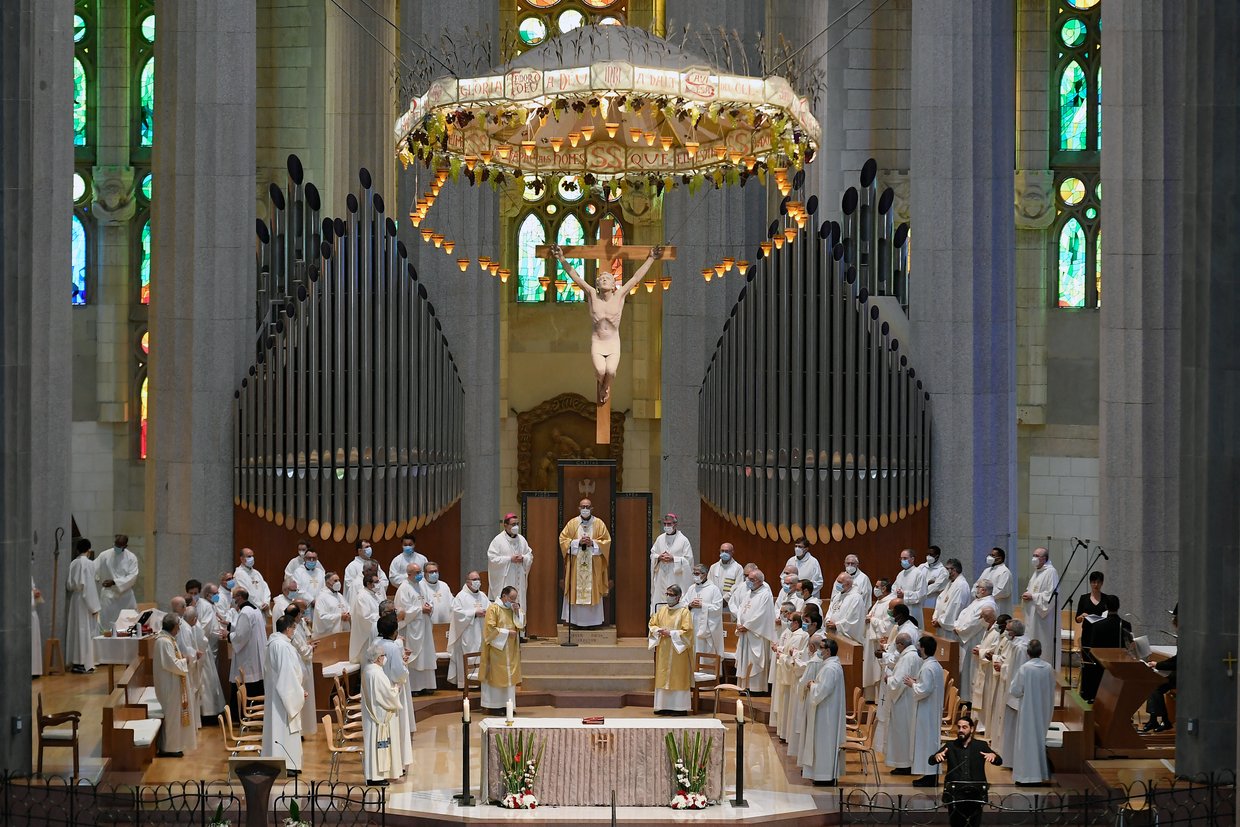
The Sagrada Familia’s genius architect Antoni Gaudi died in 1926, and most of his maquets were destroyed during World War II. Since then, there’s been a never-ending debate about whether the cathedral is being constructed according to its author’s vision. Even Unesco recognizes as World Heritage only those parts of the Sagrada Familia that were constructed when Gaudi was still alive.
And here, the core of the debate looks quite similar to the one that surrounds Notre-Dame de Paris: Who has the right to decide how a monument should look?
Biasoni thinks that, even for the Sagrada Familia, construction is not just a creative process. “It is defined by history and by the wish to unify Gaudi’s ideas with the modern time,” he says.
Are the authorities behind the Notre-Dame restoration trying to do the same? As Father Drouin told the AFP news agency, “The cathedral has always been open to art from the contemporary period right up to the large golden cross by sculptor Marc Couturier installed by [the then archbishop of Paris] Cardinal Lustiger in 1994.”
However, critics insist that now the situation is different. Construction on the monument started in the 12th century, and it has already undergone a huge number of reconstructions and restorations. But the most important one, they think, happened after the French Revolution, and was led by famous French architect Eugene Emmanuel Viollet-le-Duc.
“Most people think le-Duc was a genius, and he had a unique vision of harmony,” Biasoni explains. The open letter he signed says the same: le-Duc’s project respected the tradition, but the current one looks like “all the ‘immersive’ cultural projects where, very often, the silliness competes with the kitsch.”
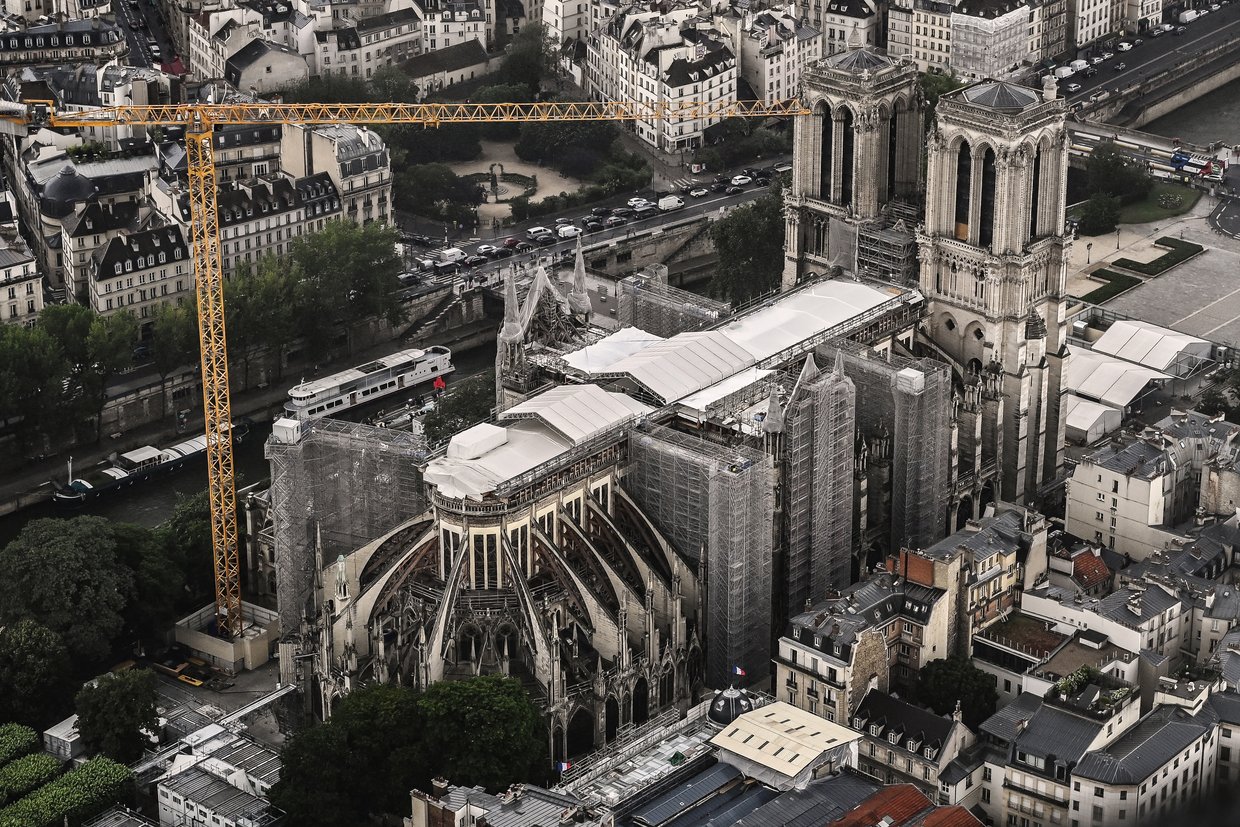
Still, the Notre-Dame restoration project proposal is not the final one, as it contains certain details which are yet to be approved. Both Albert Doja and Sami Biasoni hope that the authorities will listen to the critics and let the cathedral be rebuilt as it was before.
“If we make the culture disappear, we will lose something forever. There’s a huge responsibility, so we need to be very cautious,” Biasoni points out.
By Anastasia Safronova, RT editor